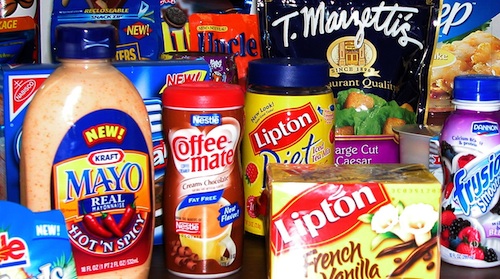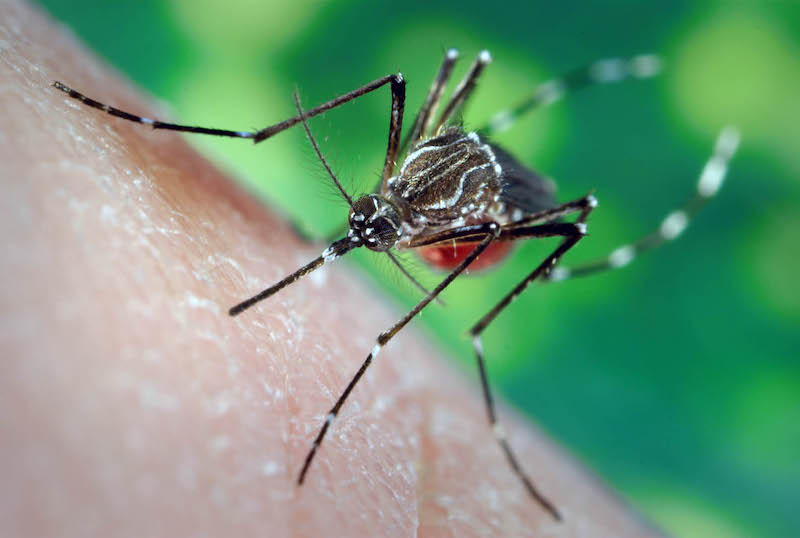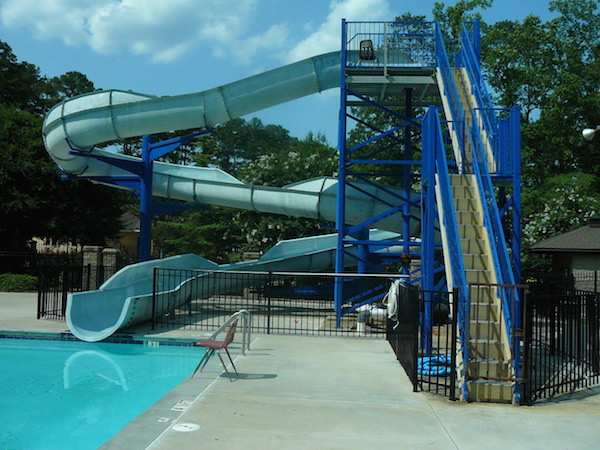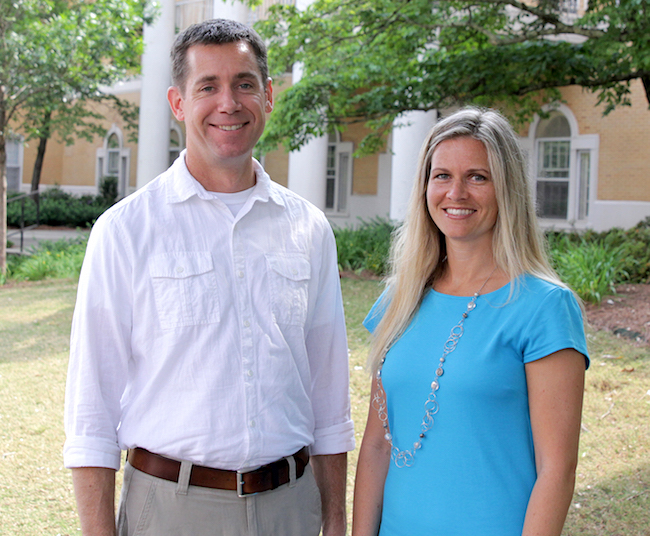Earlier this month the evacuation of an Atlanta elementary school and reports of several ill children and teachers served as a very real reminder of the dangers of carbon monoxide.
Thankfully, everyone seems to be okay, but the school remained closed for a week while officials worked to resolve the problem. School systems across the state are now scrambling to address the problems in their school buildings.
Because carbon monoxide, also known as CO, is invisible and odorless, leaks are not usually found until a CO alarm sounds or someone starts experiencing symptoms of CO poisoning.
However, symptoms of CO poisoning are hard to distinguish from common ailments like the flu — headache, dizziness, weakness, nausea, vomiting, chest pain and disorientation. People who are sleeping or intoxicated can succumb to CO poisoning before they know they’re experiencing symptoms.
The incomplete burning of fuels, like natural gas, oil, kerosene, wood, charcoal and propane produce carbon monoxide. Poorly maintained furnaces and boilers, problems with ventilation and malfunctioning water heaters can all inadvertently expose a building occupants to CO poisoning.
The good news is that it is an avoidable problem. Maintaining appliances and heating systems is a good place to start, but CO alarms are still important to help alert building occupants in case that those heating systems fail.
Installing CO alarms seems like an easy and common sense precaution to take, but in the U.S. only two states (Connecticut and Maryland) have requirements for CO alarms in schools.
More than half of states have laws requiring CO alarms in single-family homes and apartments, but most don’t have laws addressing older and existing homes, which may have older heating systems more likely to have CO leaks.
This is not just a U.S. issue, CO poisoning is a problem worldwide, and installing alarms in schools and homes is seldom a standard practice.
As a parent or community member you can advocate for CO alarms in your schools and install one in your home if you don’t already have one or if your CO alarm is 5- to 7-years old.
It’s hard during the holidays for some to spend extra money on practical items like smoke and CO detectors, so this holiday season why not consider giving your friends and family members the gift of a safe and healthy home?
Along with a CO alarm, your healthy home gift bag should include a smoke detector (with batteries), a radon test kit, a home maintenance checklist, green cleaning recipes and a home safety checklist.
It may not be the most glamorous gift basket, but it comes with peace of mind for the holidays, and that’s a gift that will last all year long.








